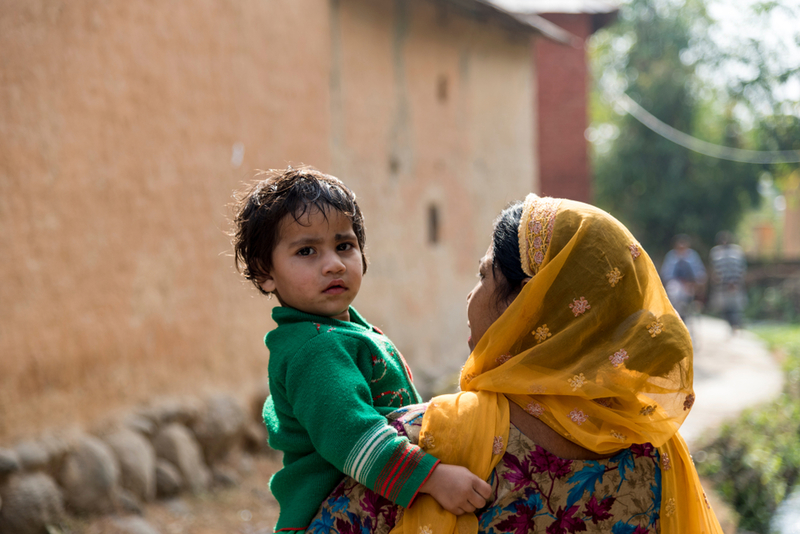WHO congratulates India for significantly reducing child deaths
UNI Sep 20, 2018
WHO commends India for its concerted efforts to reduce child deaths, which have resulted in under-five mortality estimates to have fallen below the one million mark.

As outlined in a report released by the UN Inter-agency Group for Child Mortality Estimation, India’s share of global child deaths has been reduced from 22 per cent in 2012 to 18 per cent in 2017 – a rate that outpaces the global decline, WHO Regional Director for South-East Asia Dr Poonam Khetrapal Singh on September 19 said in a statement.
She said India’s remarkable achievement was made possible via a series of initiatives the Ministry of Health and Family Welfare has taken in recent years, including to vaccinate each and every child with life-saving vaccines under Mission Indradhanush and to expand the reach of diarrhea and pneumonia management across the country, with a focus on vulnerable and hard-to-reach populations.
Given recent reductions, the global percentage of under-five deaths that occur in India is commensurate with the percentage of global births the country accounts for (18 per cent), and represents a dramatic breakthrough for India, the WHO South-East Asia Region and the world, Dr Khetrapal Singh said.
Notably, India’s gender gap in child survival is now almost four times less than what it was five years ago, reflecting substantial advances in gender equity that the country can continue to build on, precisely as it has built on its successes in a range of other areas, she said.
WHO Regional Director for South-East Asia said as India’s progress continues – including by concentrating on reducing neonatal deaths, which now account for 62 per cent of under-five deaths – there is immense potential to go beyond ensuring children simply survive but can also thrive and enjoy their right to the highest attainable standard of health and wellbeing.
As outlined in the Global Strategy for Women’s, Children’s and Adolescents’ Health, among other priorities that means ensuring access to adequate nutrition and early childhood development services, at the same time as continuing to increase vaccination coverage for all. Ending preventable newborn and child deaths has been one of the WHO South-East Asia Region’s Flagship Priorities since 2014, she said.
WHO is committed to supporting India and the Region consolidate the significant gains made in recent years, to accelerate further progress, and to ensure healthy lives and promote wellbeing for all at all ages, Dr Khetrapal Singh said WHO’s South-East Asia Region comprises11 Member States: Bangladesh, Bhutan, Democratic People’s Republic of Korea, India, Indonesia, Maldives, Myanmar, Nepal, Sri Lanka, Thailand and Timor-Leste.
-
Exclusive Write-ups & Webinars by KOLs
-
Daily Quiz by specialty
-
Paid Market Research Surveys
-
Case discussions, News & Journals' summaries